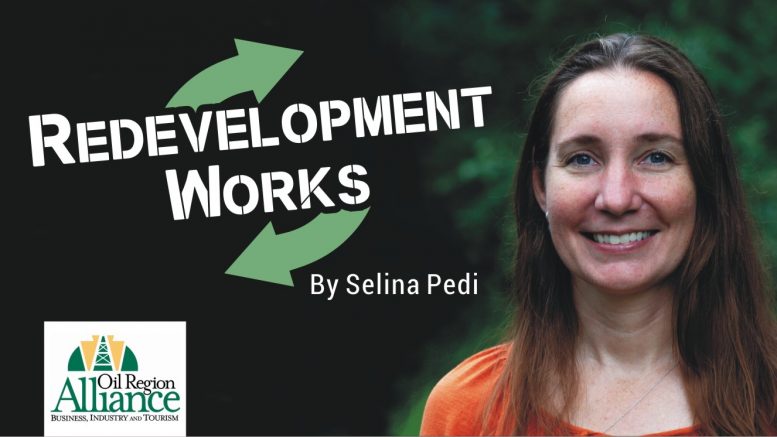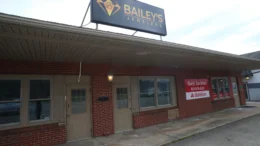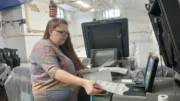“Ah, man…he would be so happy. I tell you what, he’d be out there, right now, in the field, working on a new discer or something, trying to find ways to make it even better.” I was talking to Joe Gibson, a sixth-generation local farmer, about how his dad might feel about the most recent venture on the Gibson farm – hemp. The life of a farmer isn’t an easy one, and he recalled how first it was his grandfather, his father, and himself as a boy, working the fields and caring for the livestock together. Then it was just Joe and his dad. Now, Joe and his wife Betsy lead this family farm, trying to adapt with the changing times.
I asked Joe about the history of his farm, which has shifted its focus often over the years. Once upon a time the farm raised dairy cattle, pigs, corn, and garden crops for the table. The family boasted skilled blacksmiths, carpenters, and observers of the land – critical for rural life in a time of cooperative self-sufficiency. The farm was never a large, commercial affair, but then, few farms were. Farmers raised enough for themselves and their neighbors, and everyone helped everyone. “You had to,” noted Joe. “No one could have made it if you didn’t help the guy down the road. Everyone worked together.” Over the years, Joe and his dad saw the value of small-holdings of cattle and pigs evaporate, and sowing corn and other field crops became an exercise in diminishing returns. A farmer always seemed to need more fertilizer, more water, more weed killers, and bigger tractors. The family turned to their skills in carpentry and construction to earn a living, renting out many of their fields to other farmers.
A few years ago, though, Joe and Betsy were talking about the future of the farm, and they decided they wanted to bring it back to its original purpose: nurturing people. The question was how. Everything they thought of either didn’t fit their personal goals or required too great an investment of time, labor, or equipment, with little to no guarantee of a return. Then, though a series of conversations with family, friends, and colleagues, the idea of raising medicinal hemp came about.
Hemp farming is nothing new. Hemp was once a staple crop on family farms across the country. In fact, it was required for all farmers to grow hemp in colonial times, and it remained an important crop for food, fiber, and oil through World War II. This multi-purpose plant was caught up in early twentieth-century drug, energy, and industrial policies, though, and cultivation was severely restricted in 1937, and then completely banned in 1970. This all changed in with the 2018 Farm Bill, when hemp was once again legalized for wide-scale cultivation and processing.
Next week we’ll explore Joe’s journey into this new wave of hemp farming, recently culminating in the farm being recognized as the first vertically-integrated hemp farm in western PA, growing, processing, and selling hemp products. It hasn’t been easy, and just like in days of old, no one can do it alone. We’ll talk more with Joe and his family, friends and colleagues who have supported each other through it all, and learn more about the spirit of adaptability, responsibility, and determination driving them.
Selina Pedi is the Oil Region Alliance redevelopment manager. She can be reached by email at spedi@oilregion.org.











































